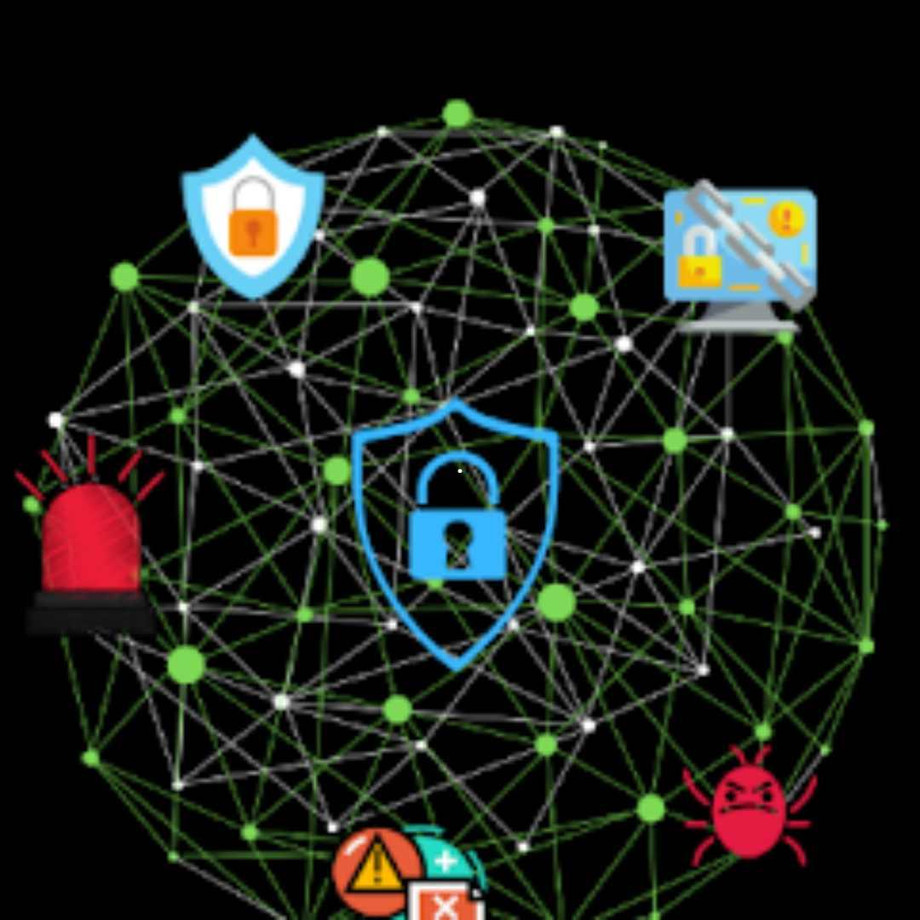Threat intelligence is the process of gathering, analyzing, and disseminating information about potential or existing cyber threats. It involves collecting data from various sources, interpreting it, and producing actionable insights that can help organizations detect, prevent, and respond to cyber attacks.
In today’s rapidly evolving threat landscape, threat intelligence has become a critical component of any comprehensive cybersecurity strategy. By understanding the latest threats, attack vectors, and adversary behaviors, organizations can proactively defend their systems, networks, and data.
The Importance of Threat Intelligence
Threat intelligence is crucial for several reasons:
- Risk assessment and decision-making: It provides organizations with a clear understanding of their threat landscape, enabling them to make informed decisions about security investments and controls.
- Enhanced detection and response capabilities: Threat intelligence helps organizations detect and respond to cyber threats more effectively, reducing the impact of potential attacks.
- Cost savings: Proactive defense and early detection of threats can help organizations avoid costly data breaches, system downtime, and reputational damage.
- Compliance: Threat intelligence can help organizations meet cybersecurity compliance requirements and regulatory frameworks.
Sources of Threat Intelligence Data
Threat intelligence data can be gathered from various sources, including:
- Open-source intelligence (OSINT): This includes publicly available information from websites, social media, forums, and news sources.
- Dark web and deep web: These hidden areas of the internet can provide valuable insights into the activities of threat actors and the tools they use.
- Threat feeds and databases: Organizations can subscribe to threat intelligence feeds or use databases that provide up-to-date information on known threats and indicators of compromise (IOCs).
- Internal sources: Organizations can also gather threat intelligence from their own security systems, incident response data, and vulnerability assessments.
The Threat Intelligence Lifecycle
The threat intelligence lifecycle consists of four main phases:
- Collection: Gathering data from various sources, including OSINT, dark web, and internal sources.
- Analysis: Interpreting the collected data to identify patterns, trends, and potential threats.
- Production: Creating actionable intelligence that can be used to inform security decisions and strategies.
- Dissemination: Sharing the threat intelligence with relevant stakeholders, such as security teams, IT departments, and management.
Types of Threat Intelligence Feeds
There are several types of threat intelligence feeds, each with its own focus and level of detail:
- Strategic threat intelligence: This type of intelligence provides a high-level overview of the threat landscape, focusing on the motivations, capabilities, and intentions of threat actors.
- Operational threat intelligence: Operational threat intelligence focuses on the specific tactics, techniques, and procedures (TTPs) used by threat actors in their attacks.
- Tactical threat intelligence: Tactical threat intelligence provides detailed information about IOCs, such as IP addresses, domain names, and file hashes, that can be used to detect and block threats.
- Technical threat intelligence: This type of intelligence includes technical details about vulnerabilities, exploits, and malware that can be used to enhance security controls and patch systems.
How Threat Intelligence Can Prevent Cyber Attacks
Threat intelligence can help prevent cyber attacks in several ways:
- Early warning: By monitoring for signs of potential threats, organizations can take proactive measures to protect their systems and data.
- Vulnerability management: Threat intelligence can help prioritize vulnerabilities based on active threats and exploits, ensuring that critical systems are patched and secured.
- Incident response: Intelligence on threat actors, TTPs, and IOCs can aid in incident investigation, containment, and recovery efforts.
- Security monitoring: Threat intelligence feeds can be integrated into security information and event management (SIEM) systems for enhanced threat detection and alerting.
Challenges and Best Practices
While implementing threat intelligence can provide significant benefits, organizations may face several challenges, such as:
- Data overload: The vast amount of threat data from various sources can be overwhelming and challenging to manage effectively.
- Accuracy and timeliness: Inaccurate or outdated threat intelligence can lead to false positive alerts, wasting time and resources.
- Skill gaps: Organizations may lack experienced analysts and personnel with the necessary skills to effectively collect, analyze, and operationalize threat intelligence.
- Integration: Integrating threat intelligence feeds and tools with existing security systems and processes can be complex and time-consuming.
To overcome these challenges and maximize the effectiveness of threat intelligence programs, organizations should consider the following best practices:
- Clearly define objectives and requirements: Establish clear goals and metrics for the threat intelligence program to ensure that it aligns with the organization’s overall security strategy.
- Prioritize data sources: Focus on collecting data from reliable and relevant sources that provide the most valuable insights for the organization.
- Automate and streamline processes: Use tools and technologies to automate data collection, analysis, and dissemination processes, reducing the burden on human analysts.
- Foster collaboration and sharing: Engage with industry peers, security communities, and government agencies to share threat intelligence and best practices.
Conclusion
In conclusion, threat intelligence is a critical component of any comprehensive cybersecurity strategy. By gathering, analyzing, and disseminating information about potential or existing cyber threats, organizations can proactively defend their systems, networks, and data.
To effectively implement threat intelligence, organizations should consider the challenges and best practices outlined in this article. By prioritizing data sources, automating processes, and fostering collaboration, organizations can enhance their detection and response capabilities, reduce the impact of cyber attacks, and stay ahead of evolving threats.
If you’re looking for expert assistance in implementing threat intelligence, consider working with the NIT Infotech team. Their experienced professionals can help you navigate the complexities of threat intelligence, from data collection to analysis and dissemination. With their guidance, you can build a robust and effective threat intelligence program that protects your organization from cyber threats.

